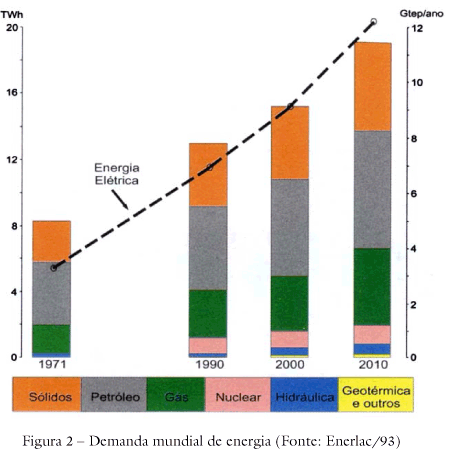ALTHOUGH THE HISTORY of the Brazilian fossil coal started in 1975, when it first was discovered, it was only after the II World War that it began to reach the status of a modern industry. Since 1970 a proper geological exploration has improved the knowledge on coal deposits. There are eight large coal fields and several minor ones in the country, most of them (88%) in the Rio Grande do Sul state. The geometric and physicochemical parameters of the main deposits are defined and presented in this paper. The world coal reserves correspond to about four times those of its major concurrents: oil and natural gas, and they have a better geographical spread. Thermoelectricity uses most of the Brazilian coal; cement, petrochemical, paper and cellulose plants as well as food and ceramic industries are usual consumers. The steel manufacturing industry was an important consumer in a recent past, but nowadays it totally relies on the imported coal. Brazil's balance of trade in 1996 showed a deficit of US$ 807 million and coal is the second commodity of the country's imports. More than a lack of money, the main difficulties of the coal industry were due to a technical and political misplanning that is indispensable to correct, before projecting new enterprises.




